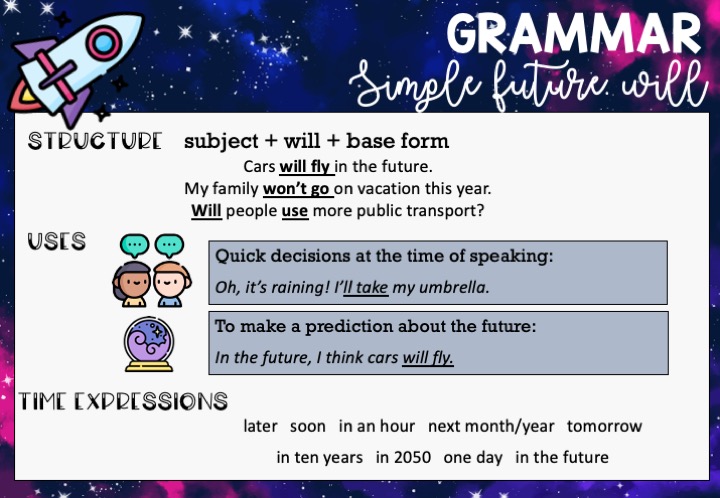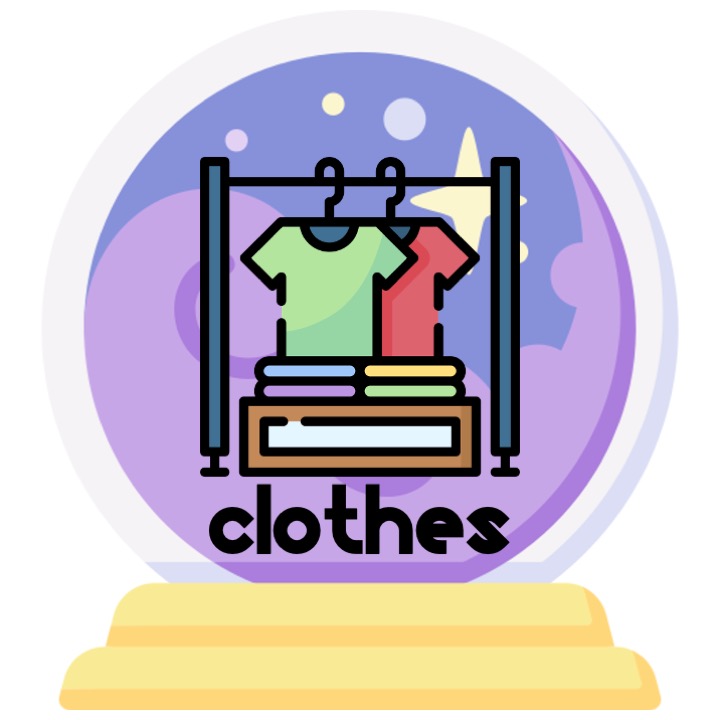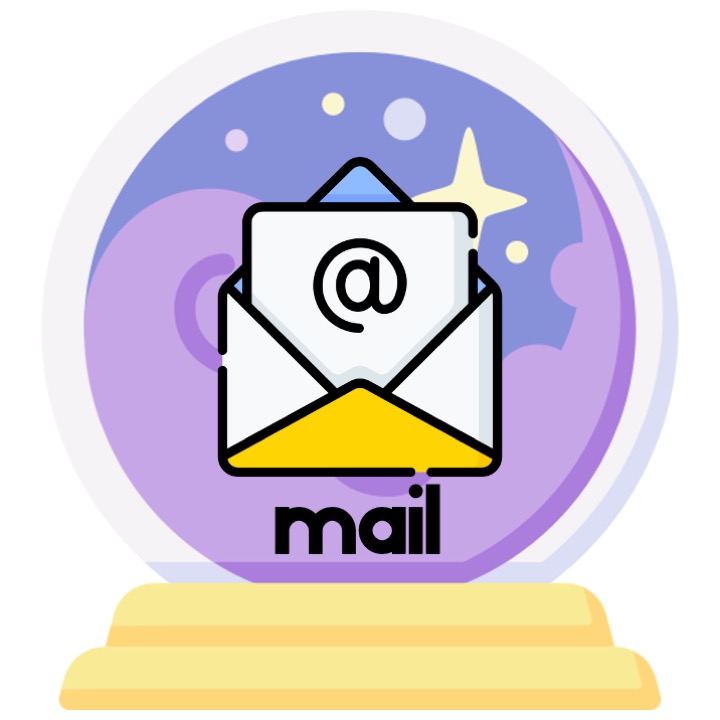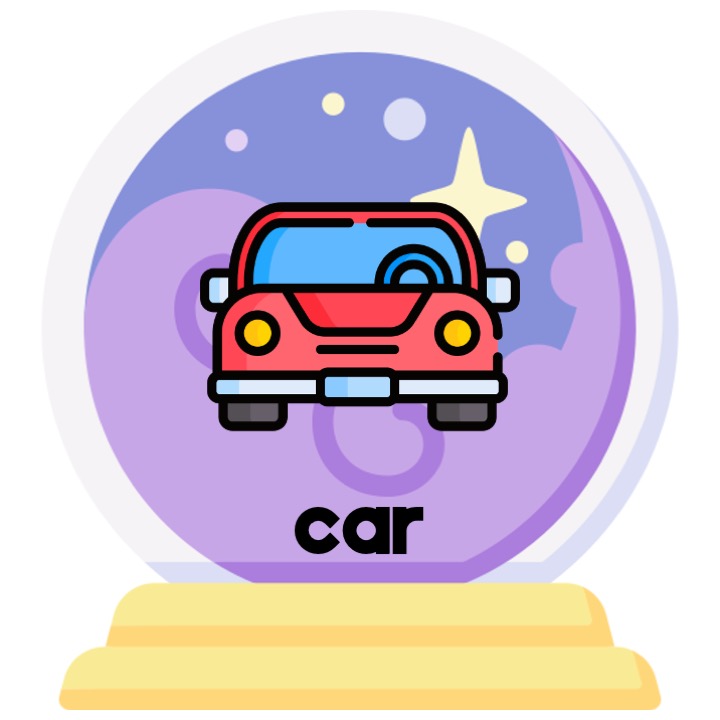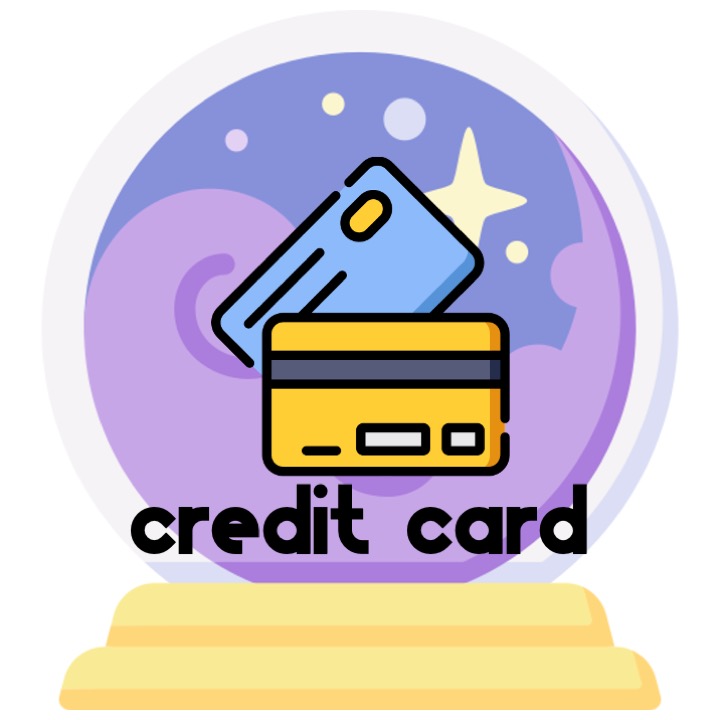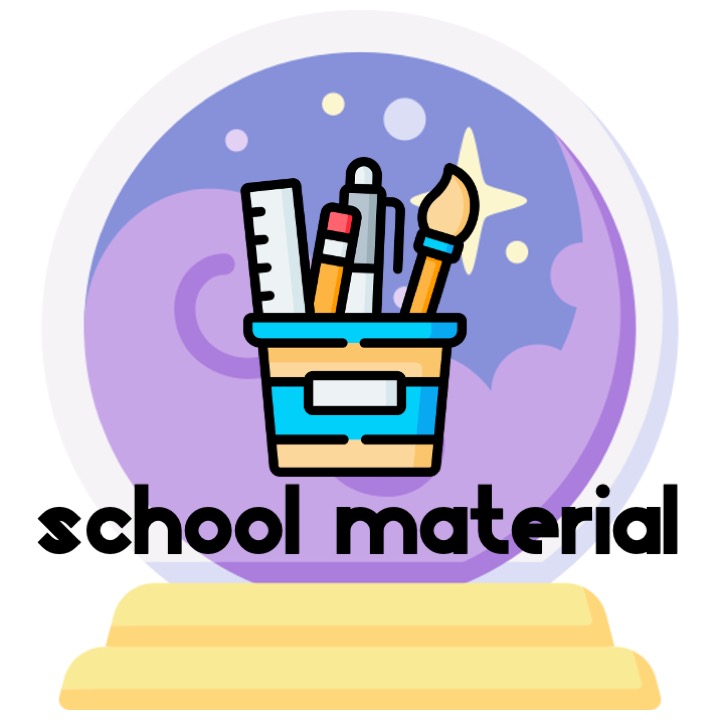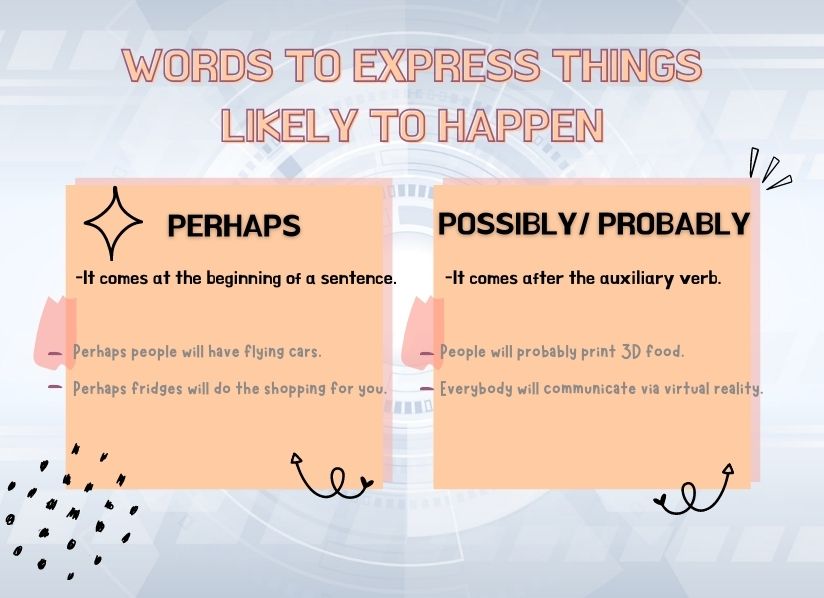Dictionary
Coin
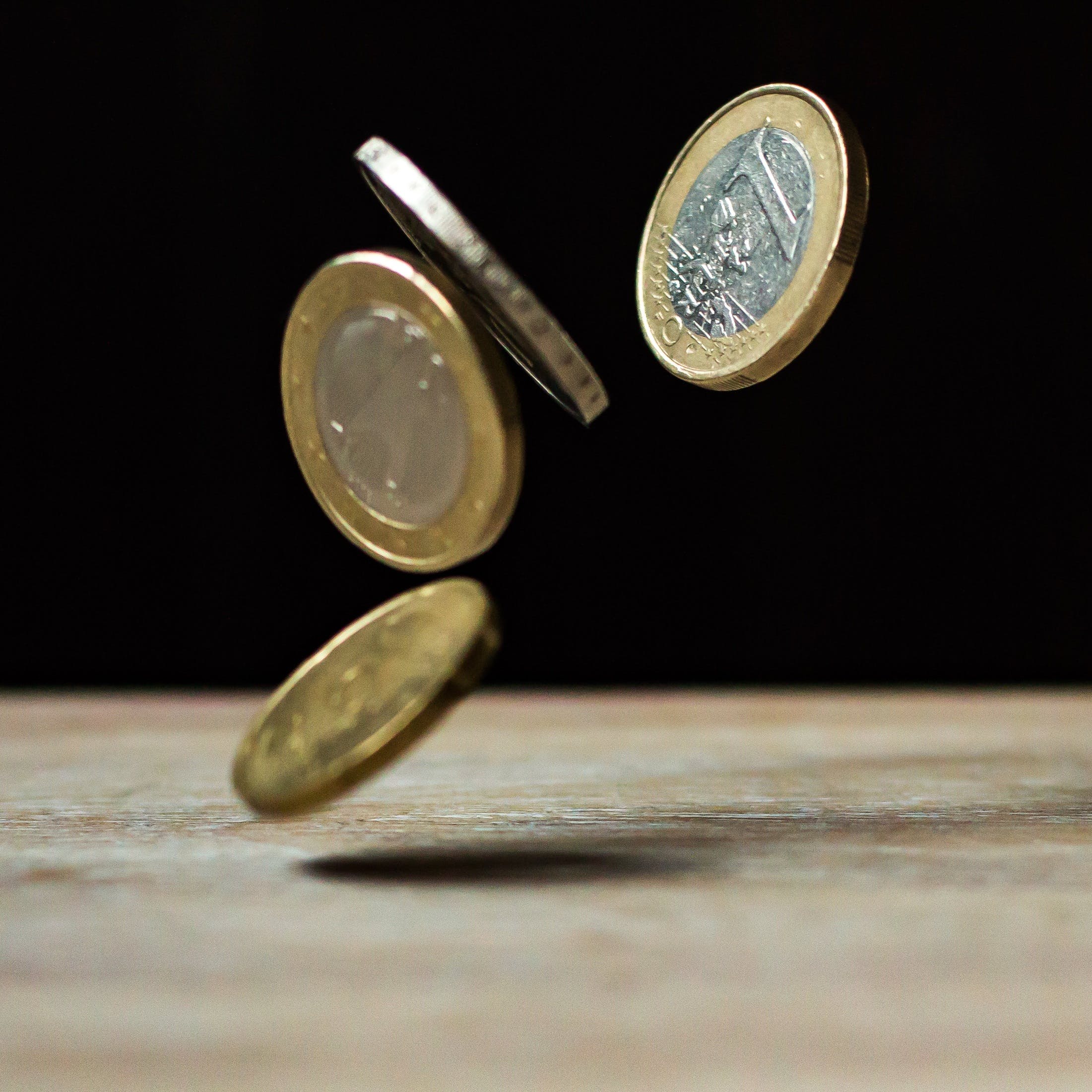
- Definition:
-
An official, flat piece of metal used as money.
-
Una pieza de metal plana y oficial que se usa como dinero.
- Example:
-
People won't use coins in the future.
-
Las personas no usarán monedas en el futuro.
- Spanish word:
-
Moneda
- Audio:
Glance
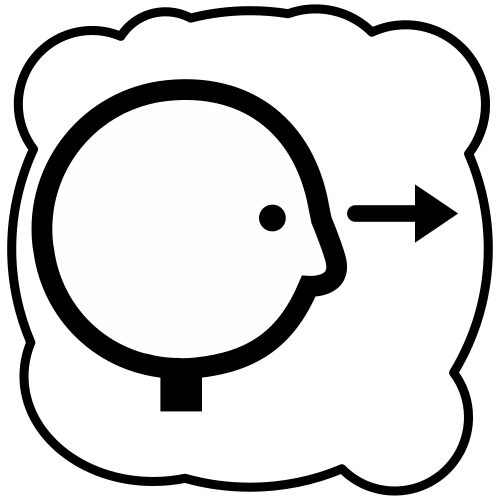
- Definition:
-
To have a short and quick look.
-
Acción de mirar rápidamente a algo.
- Example:
-
Take a glance at this.
-
Echa un vistazo a esto.
- Spanish word:
-
Vistazo, ojeada
- Audio:
Note
- Definition:
-
A piece of paper which is used as money.
-
Trozo de papel que se usa como dinero.
- Example:
-
In the future, people won't use notes.
-
En el futuro, la gente no usará billetes.
- Spanish word:
-
Billete
- Audio:
Store
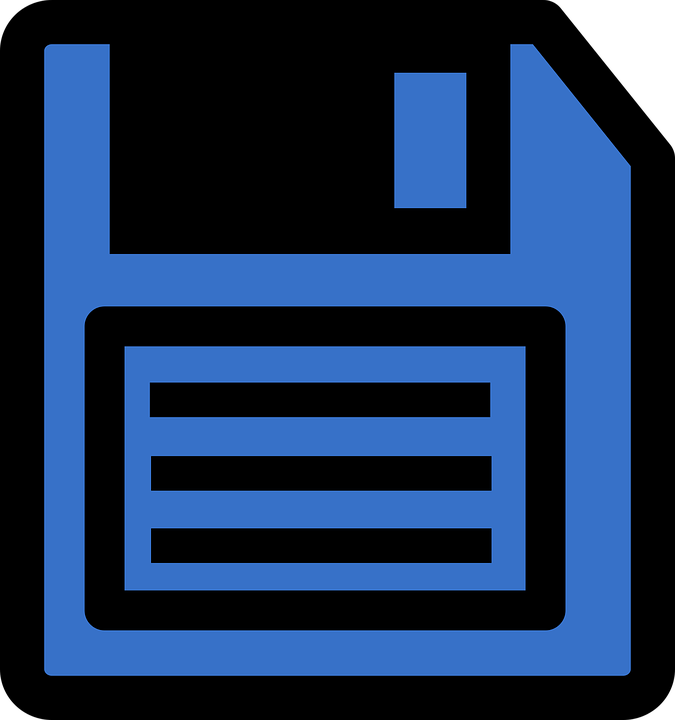
- Definition:
-
To keep, to place things in a location, for example a digital device, for later use.
-
Guardar, colocar en un lugar, por ejemplo, un dispositivo electrónico, para ser usado más tarde.
- Example:
-
My phone's memory is full, I can't store more pictures.
-
La memoria de mi teléfono está llena, no puedo almacenar más fotos.
- Spanish word:
-
Guardar, almacenar
- Audio:
Waterproof
- Definition:
-
Treated with material or substance to prevent water to go through.
Tratado con material o substancia para prevenir que pase el agua.
- Example:
-
The shoes are waterproof, so my feet are dry.
-
Los zapatos son impermeables, así que mis pies están secos.
- Spanish word:
-
Impermeable
- Audio:

